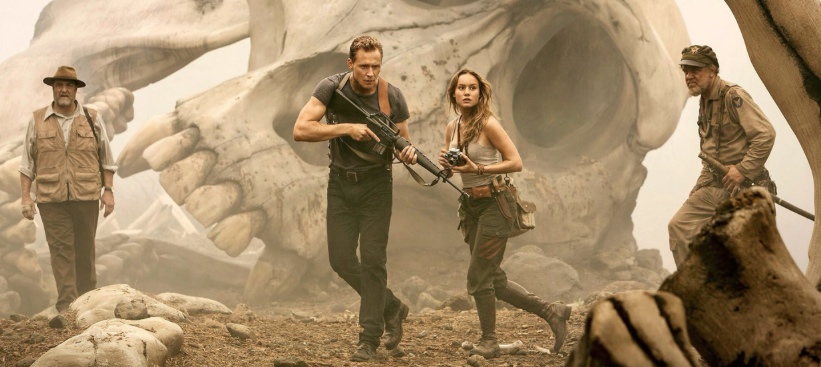 We don’t usually go plugging other companies’ releases—unless I can find some way to shamelessly plug one (or more) of our titles—but when it comes to helping get the word out on projects from people we know and work with, well, how can even StarWarp Concepts pass up an opportunity to show its support? So here’s the latest word on three of our creative friends!
We don’t usually go plugging other companies’ releases—unless I can find some way to shamelessly plug one (or more) of our titles—but when it comes to helping get the word out on projects from people we know and work with, well, how can even StarWarp Concepts pass up an opportunity to show its support? So here’s the latest word on three of our creative friends!
First up is Eliseu “Zeu” Gouveia, the super-talented artist for our Saga of Pandora Zwieback comics, the graphic novel Lorelei: Sects and the City, and the Illustrated Classics Carmilla and A Princess of Mars. Zeu’s a bit of a stealth artist; I usually don’t find out about his projects until long after they’ve been announced—or published, as in the case of Jungle Queen Sheva, his self-published ode to classic “jungle girl” comics of the 1940s, like Sheena, Queen of the Jungle.
 In June, he has another project coming out: Equilibrium #3, the Patrick Shand–scripted conclusion of a miniseries sequel to the 2002 sci-fi “gun-fu” action movie starring Christian Bale (Batman Begins) and Taye Diggs (Empire). Or as publisher American Mythology Comics puts it in the Diamond Prevues catalog: Artist Eliseu Gouveia comes to the rescue, delivering the final explosive chapter of the official sequel to the cult hit film, Equilibrium! I’m not sure that’s the right way to go soliciting a comic to retailers—it pretty much implies that your original artist screwed up and you’re relying on a new artist to step in and “save” it—but hey, whatever keeps your production schedule on track. But maybe next time, guys, you should just hire Zeu to draw your comics from issue 1 on—he’s got a reputation for never missing a deadline!
In June, he has another project coming out: Equilibrium #3, the Patrick Shand–scripted conclusion of a miniseries sequel to the 2002 sci-fi “gun-fu” action movie starring Christian Bale (Batman Begins) and Taye Diggs (Empire). Or as publisher American Mythology Comics puts it in the Diamond Prevues catalog: Artist Eliseu Gouveia comes to the rescue, delivering the final explosive chapter of the official sequel to the cult hit film, Equilibrium! I’m not sure that’s the right way to go soliciting a comic to retailers—it pretty much implies that your original artist screwed up and you’re relying on a new artist to step in and “save” it—but hey, whatever keeps your production schedule on track. But maybe next time, guys, you should just hire Zeu to draw your comics from issue 1 on—he’s got a reputation for never missing a deadline!
 Next we have Sholly Fisch, a longtime professional comics writer (and old college buddy of mine) who contributed the fun, demon-led story “After Hours” to The Saga of Pandora Zwieback Annual #1. If you’re a fan of DC Comics, you might recognize Sholly as the writer of such titles as Action Comics, Batman: The New Brave and the Bold, and, currently, Scooby-Doo Team-Up. Shol has branched out to other characters in recent years, writing a Mr. Peabody & Sherman miniseries for IDW that served as a prequel to the 2014 movie. And now he’s handling another classic animated character: Mighty Mouse!
Next we have Sholly Fisch, a longtime professional comics writer (and old college buddy of mine) who contributed the fun, demon-led story “After Hours” to The Saga of Pandora Zwieback Annual #1. If you’re a fan of DC Comics, you might recognize Sholly as the writer of such titles as Action Comics, Batman: The New Brave and the Bold, and, currently, Scooby-Doo Team-Up. Shol has branched out to other characters in recent years, writing a Mr. Peabody & Sherman miniseries for IDW that served as a prequel to the 2014 movie. And now he’s handling another classic animated character: Mighty Mouse!
Scheduled for June release, Mighty Mouse #1 is the first part of a five-issue miniseries for Dynamite Entertianment. Sporting full-color interior art by Igor Lima and a cover by award-winning painter Alex Ross (Marvels, Kingdom Come), its solicitation copy states: You’re the world’s greatest hero, exiled to another dimension with no way back. Trapped in an alien world, where not even the laws of physics work the way they should. The only person who even believes you exist is a young kid whom no one will listen to. Yet, you’re the shining light that this drab, cynical world needs to restore its color and life. Oh—and you’re a cartoon mouse. Here comes Mighty Mouse to save the day, in his most unexpected adventure yet…right here, in the real world!
 Finally, there’s Ernie Colon, the comic-art legend who drew Sholly’s “After Hours” story for the Pan Annual, and whose numerous works include DC’s Amethyst, Princess of Gemworld (the original version), Marvel’s Damage Control, Atlas Comics’ Grim Ghost, Harvey Comics’ Casper the Friendly Ghost and Richie Rich, and the award-winning, New York Times bestselling nonfiction graphic novel, The 9/11 Report: A Graphic Adaptation. Ernie’s got a new nonfiction graphic novel on sale today: The Torture Report: A Graphic Adaptation, which reunites him with his 9/11 Report writer, Sid Jacobson. To quote its solicitation copy: On December 9, 2014, the Senate Select Committee on Intelligence released a report that strongly condemned the CIA for its secret and brutal use of torture in the treatment of prisoners captured in the “war on terror” during the George W. Bush administration. This deeply researched and fully documented investigation caused monumental controversy, interest, and concern, and starkly highlighted both how ineffective the program was as well as the lengths to which the CIA had gone to conceal it. A serious subject matter, to be sure, but a book guaranteed to contain incredible art from Ernie.
Finally, there’s Ernie Colon, the comic-art legend who drew Sholly’s “After Hours” story for the Pan Annual, and whose numerous works include DC’s Amethyst, Princess of Gemworld (the original version), Marvel’s Damage Control, Atlas Comics’ Grim Ghost, Harvey Comics’ Casper the Friendly Ghost and Richie Rich, and the award-winning, New York Times bestselling nonfiction graphic novel, The 9/11 Report: A Graphic Adaptation. Ernie’s got a new nonfiction graphic novel on sale today: The Torture Report: A Graphic Adaptation, which reunites him with his 9/11 Report writer, Sid Jacobson. To quote its solicitation copy: On December 9, 2014, the Senate Select Committee on Intelligence released a report that strongly condemned the CIA for its secret and brutal use of torture in the treatment of prisoners captured in the “war on terror” during the George W. Bush administration. This deeply researched and fully documented investigation caused monumental controversy, interest, and concern, and starkly highlighted both how ineffective the program was as well as the lengths to which the CIA had gone to conceal it. A serious subject matter, to be sure, but a book guaranteed to contain incredible art from Ernie.
So that brings us up-to-date on—
Oh, wait—did I say we don’t usually go plugging other companies’ releases unless we can find some way to shamelessly plug one of our projects? Well, when it comes to those highly talented gentlemen, perhaps you’d like to check out the comic in which the work of all three of them appears!
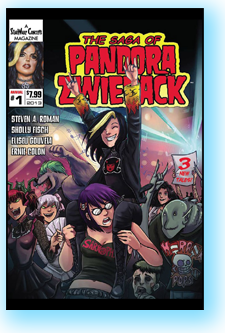 The Saga of Pandora Zwieback Annual #1 is a comic-book spinoff from my novel series, and this 56-page, full-color special finds the teenaged Goth adventuress battling vampires and a jealous, man-stealing siren. Behind that striking cover by award-winning artist Henar Torinos (Mala Estrella), it features:
The Saga of Pandora Zwieback Annual #1 is a comic-book spinoff from my novel series, and this 56-page, full-color special finds the teenaged Goth adventuress battling vampires and a jealous, man-stealing siren. Behind that striking cover by award-winning artist Henar Torinos (Mala Estrella), it features:
- “Song of the Siren,” written by me, with art and color by Eliseu Gouveia, in which Pan and her boyfriend Javier attend one of his family’s picnics in Central Park, and run into Javi’s ex-girlfriend, Sophia—who turns out to be a mythological siren!
- “After Hours,” written by Sholly Fisch and illustrated by Ernie Colon. It tells the tale of a most unusual New York City bar—and the demon who walks into it after a hard day on the job.
- And “Shopping Maul,” a short story by me, with title page art and color by Elizabeth Watasin (Charm School), in which Pan and her friends run afoul of a group of Elegant & Gothic Lolita vampires in a shopping maul.
Critics sure loved this comic:
“Roman demonstrates yet again his ability to write in the voice of a teenage girl without resorting to the petty whining and needless angst that seem to plague a lot of the female teenage characters in books today… I would readily and heartily recommend this comic to anybody.”—Word of the Nerd
“Roman mixes young adult fantasy with themes like ‘young love’ but also with equal parts of ‘female empowerment’ and lets Pandora be a real and true voice. The art by Eliseu Gouveia is just stellar and makes a perfect match for the main story.”—Comics For Sinners
The Saga of Pandora Zwieback Annual #1 is available in both print and digital formats, so visit its product page at StarWarp Concepts for ordering information and sample pages.

 Welcome back to
Welcome back to  For Tuesday, we addressed the needs of folks who aren’t into bad-girl comics, and
For Tuesday, we addressed the needs of folks who aren’t into bad-girl comics, and  And in yesterday’s installment of Simian Saturdays, we examined
And in yesterday’s installment of Simian Saturdays, we examined  Welcome back to
Welcome back to  Not familiar with the beauty-and-the-beast story of Kong and his “love interest,” Ann Darrow (who was played in the 1933 original by the queen of the scream queens, Fay Wray)? Well, here’s our edition’s back-cover copy to bring you up-to-date:
Not familiar with the beauty-and-the-beast story of Kong and his “love interest,” Ann Darrow (who was played in the 1933 original by the queen of the scream queens, Fay Wray)? Well, here’s our edition’s back-cover copy to bring you up-to-date:
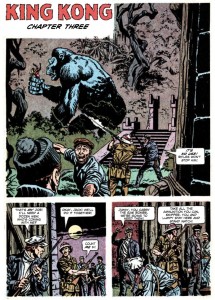
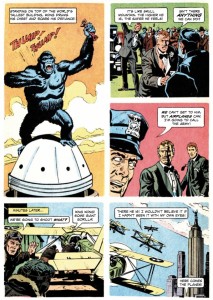



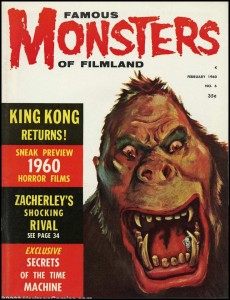
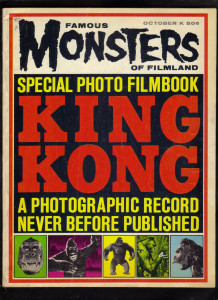


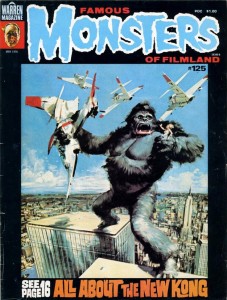
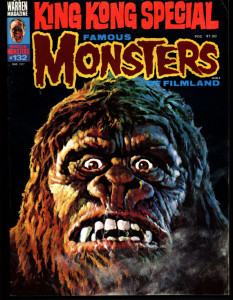
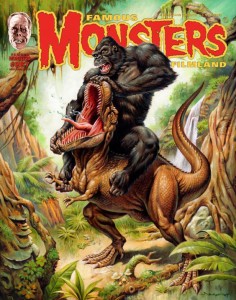

 Perfect for superhero fans,
Perfect for superhero fans, 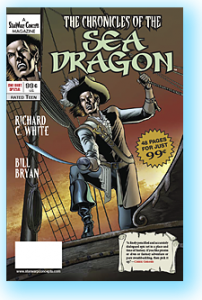

 Finally,
Finally, 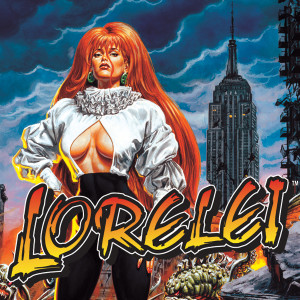 Last week, DC Comics announced the forthcoming publication of Catwoman by Jim Balent, Book One, a collection starring Batman’s number one femme fatale. Originally published as individual issues, this 1990s series was a prime example of what came to be known as “bad-girl comics”: female-led titles in which the heroines wore little clothing (or in Catwoman’s case. a form-fitting body stocking) and sexily fought their adversaries while posing in the most provocative ways.
Last week, DC Comics announced the forthcoming publication of Catwoman by Jim Balent, Book One, a collection starring Batman’s number one femme fatale. Originally published as individual issues, this 1990s series was a prime example of what came to be known as “bad-girl comics”: female-led titles in which the heroines wore little clothing (or in Catwoman’s case. a form-fitting body stocking) and sexily fought their adversaries while posing in the most provocative ways.
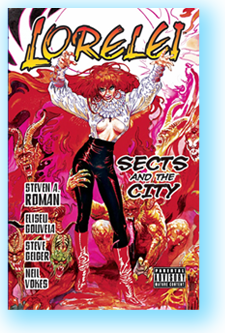

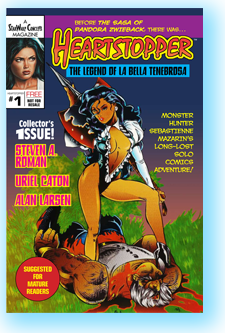 Then there’s
Then there’s 
 On sale right now is
On sale right now is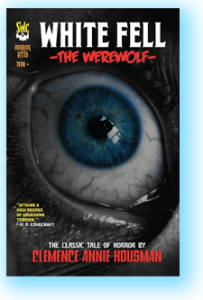 Welcome back to ’Warped Week, a weekly recap of what we’ve been up to at ’Warp Central recently. If you missed anything, now’s the perfect time to catch up!
Welcome back to ’Warped Week, a weekly recap of what we’ve been up to at ’Warp Central recently. If you missed anything, now’s the perfect time to catch up!
 Friday saw the debut of Disney’s live-action remake of Beauty and the Beast, starring Emma Watson (Hermione of the Harry Potter films) and Dan Stevens (star of FX’s Legion), and for fans of fairy tales we heartily recommended our Illustrated Classic
Friday saw the debut of Disney’s live-action remake of Beauty and the Beast, starring Emma Watson (Hermione of the Harry Potter films) and Dan Stevens (star of FX’s Legion), and for fans of fairy tales we heartily recommended our Illustrated Classic  Lastly, in yesterday’s installment of Simian Saturdays, we examined
Lastly, in yesterday’s installment of Simian Saturdays, we examined 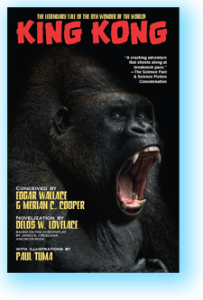 Not familiar with the beauty-and-the-beast story of Kong and his “love interest,” Ann Darrow (who was played in the 1933 original by the queen of the scream queens, Fay Wray)? Well, here’s our edition’s back-cover copy to bring you up-to-date:
Not familiar with the beauty-and-the-beast story of Kong and his “love interest,” Ann Darrow (who was played in the 1933 original by the queen of the scream queens, Fay Wray)? Well, here’s our edition’s back-cover copy to bring you up-to-date: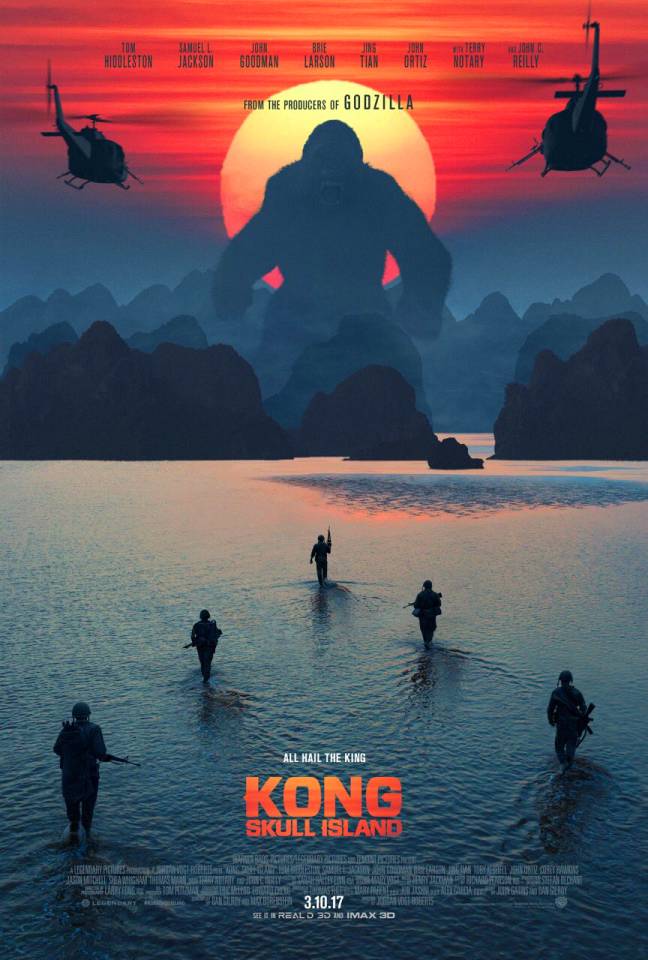 What makes this SimSat entry special is that today we were supposed to be covering the 1968 comic book Giant Classic King Kong—but that was before I spent last Sunday at the movies, watching Hollywood’s latest take on the mighty monkey’s story:
What makes this SimSat entry special is that today we were supposed to be covering the 1968 comic book Giant Classic King Kong—but that was before I spent last Sunday at the movies, watching Hollywood’s latest take on the mighty monkey’s story: 